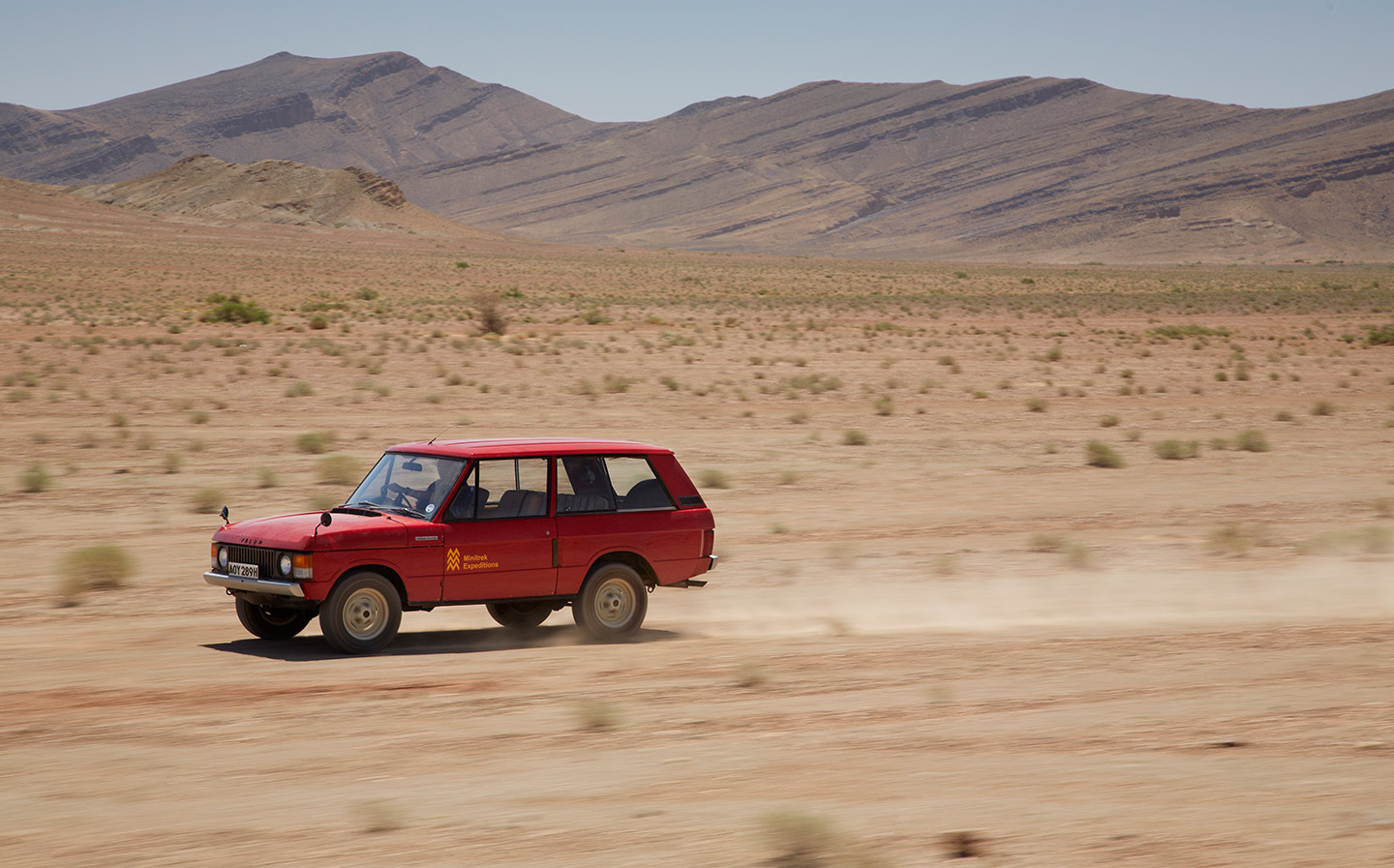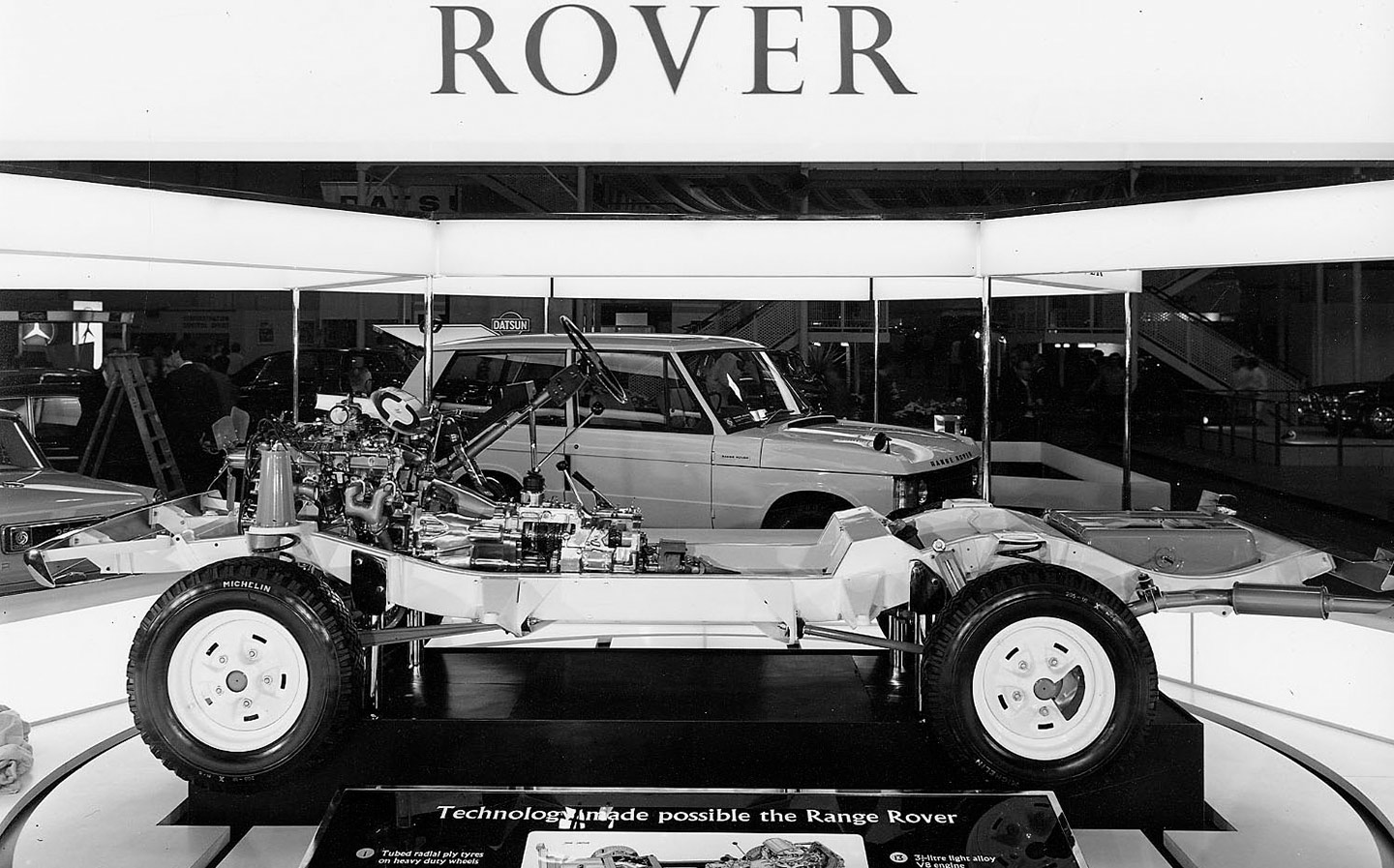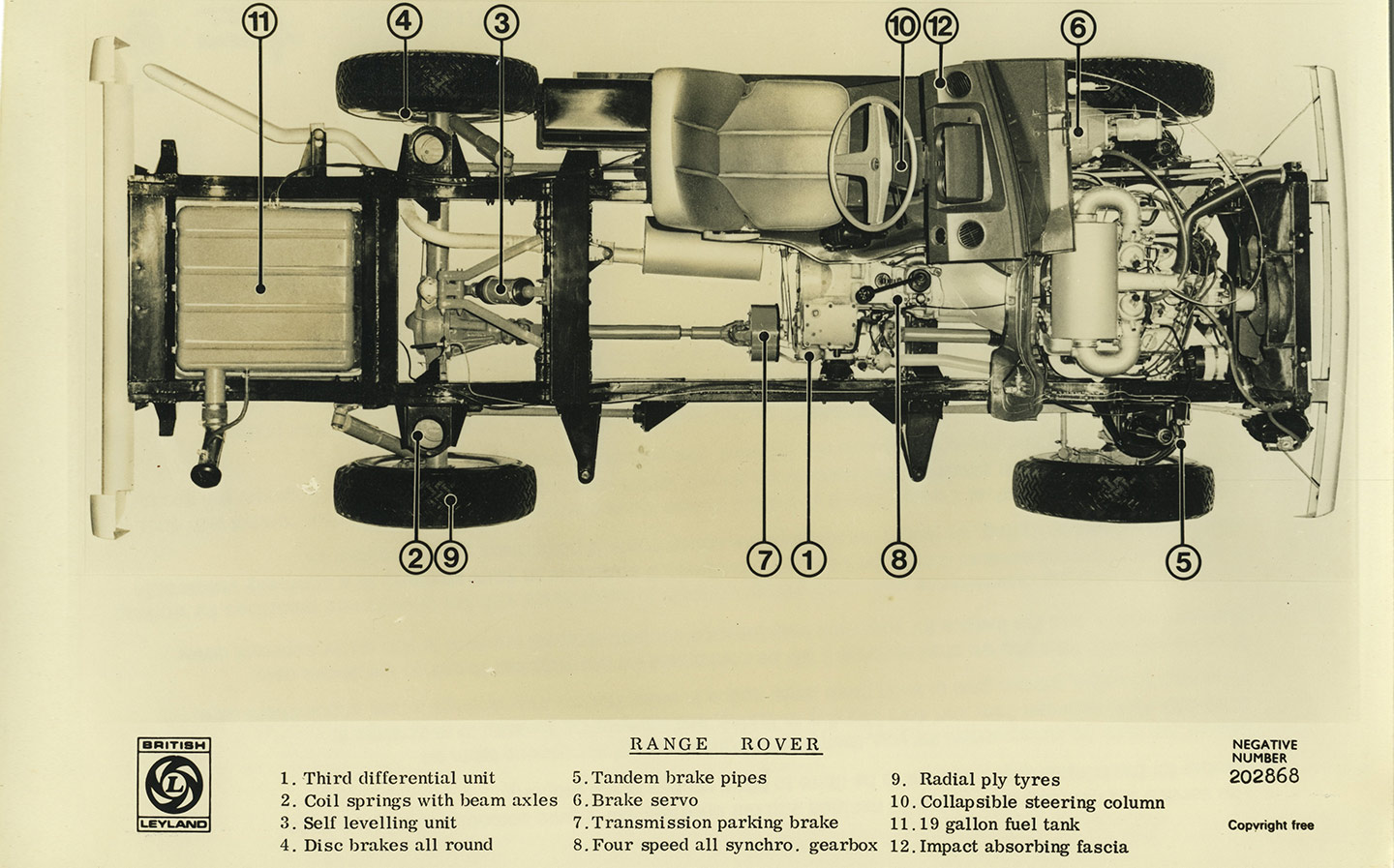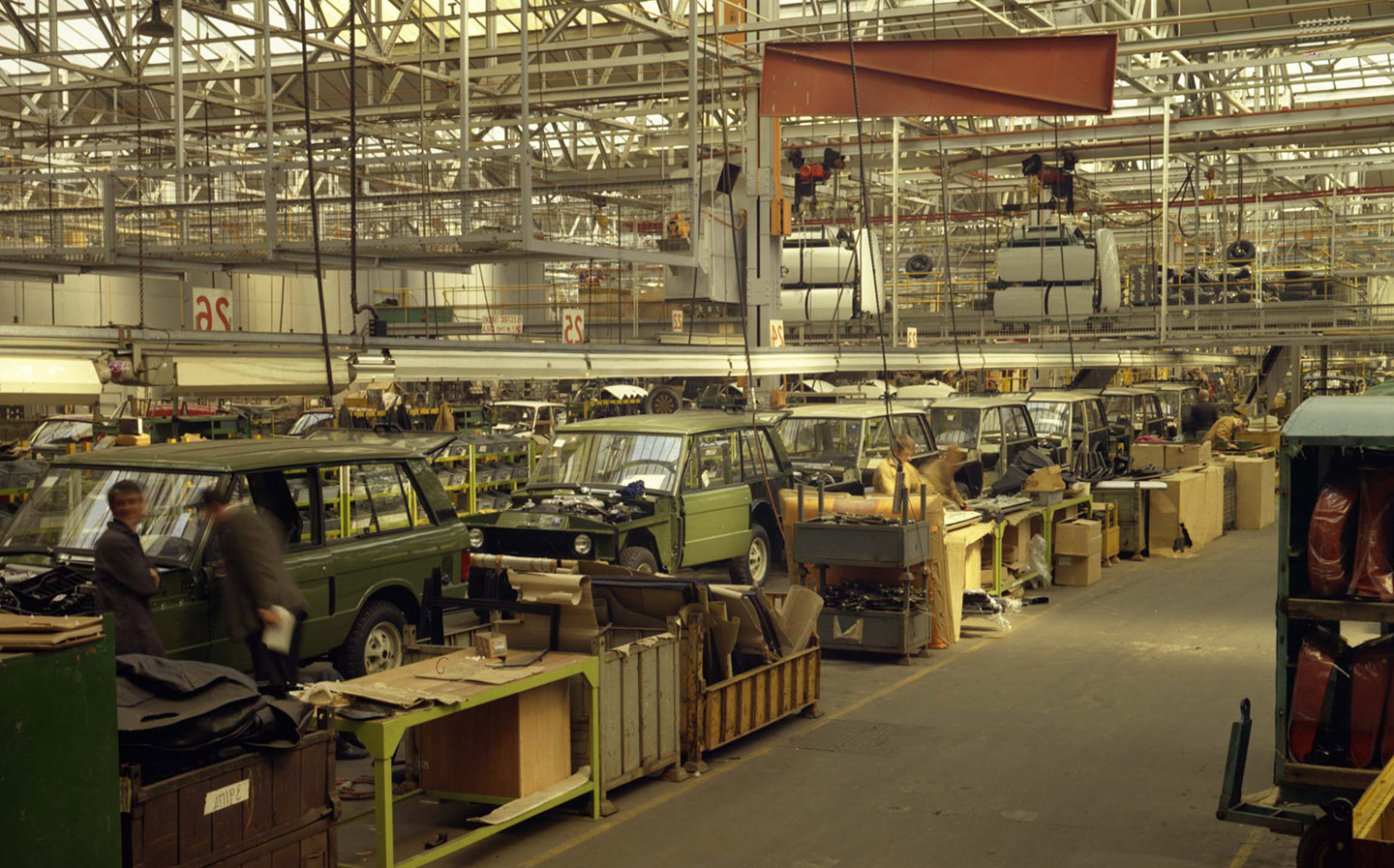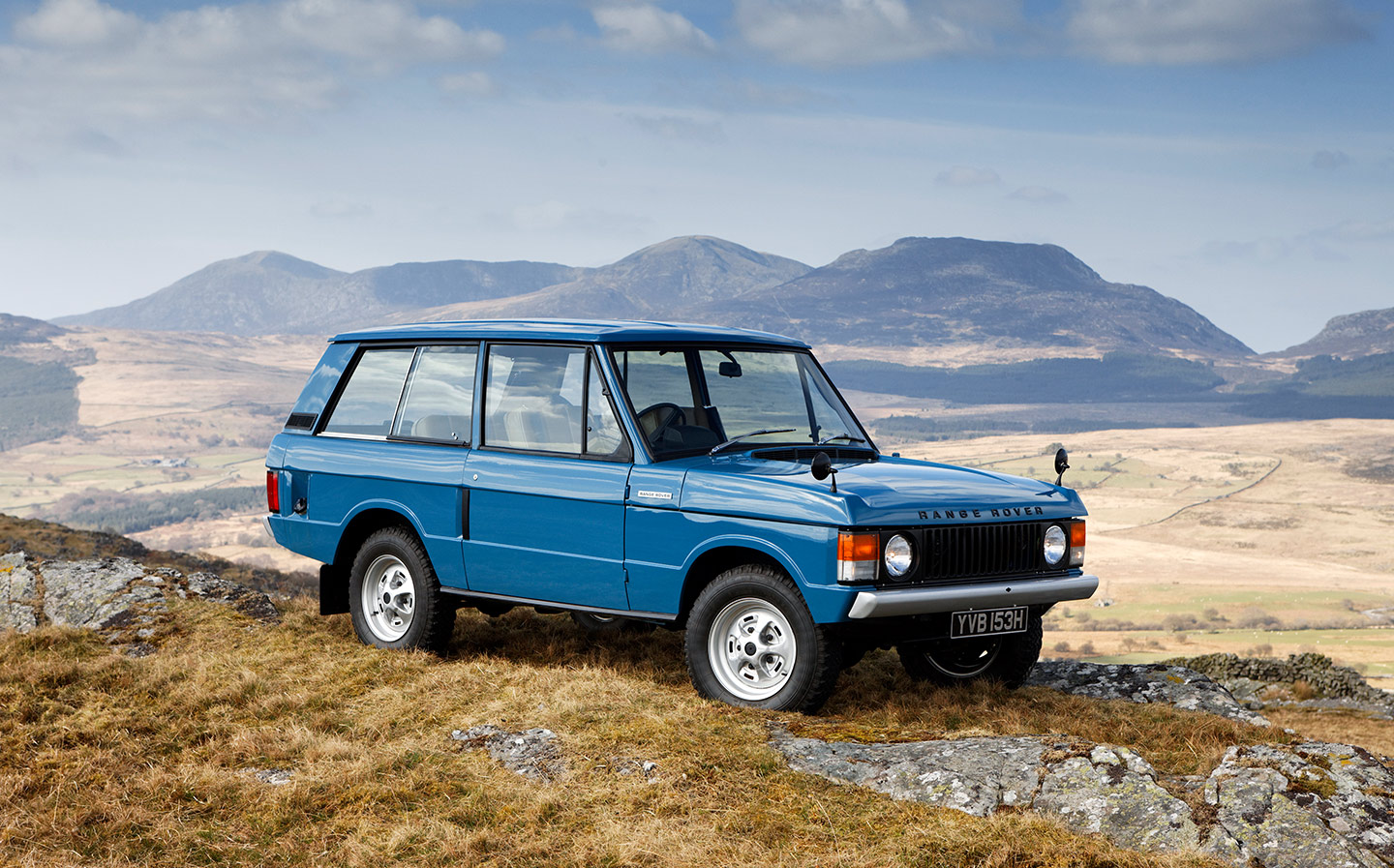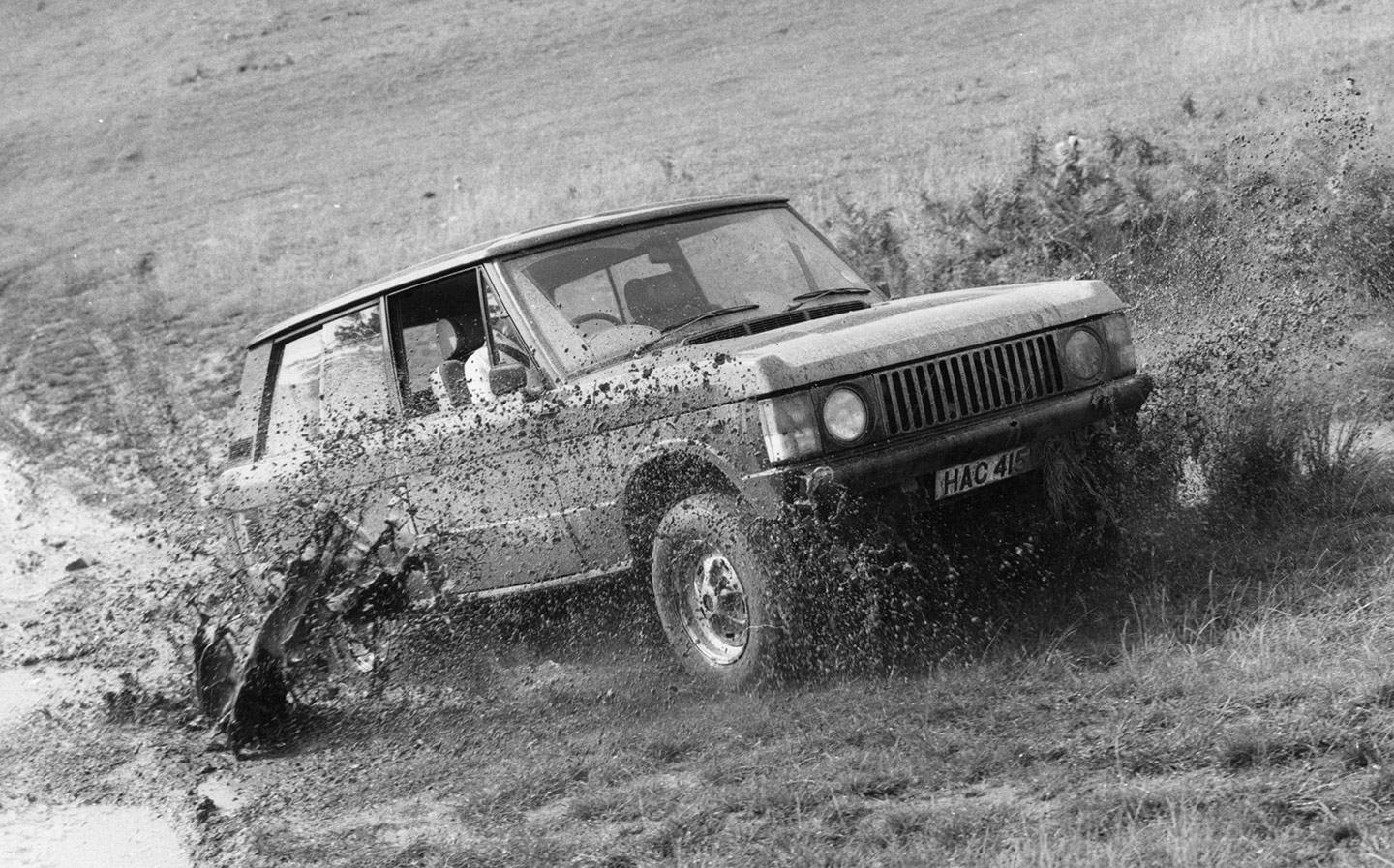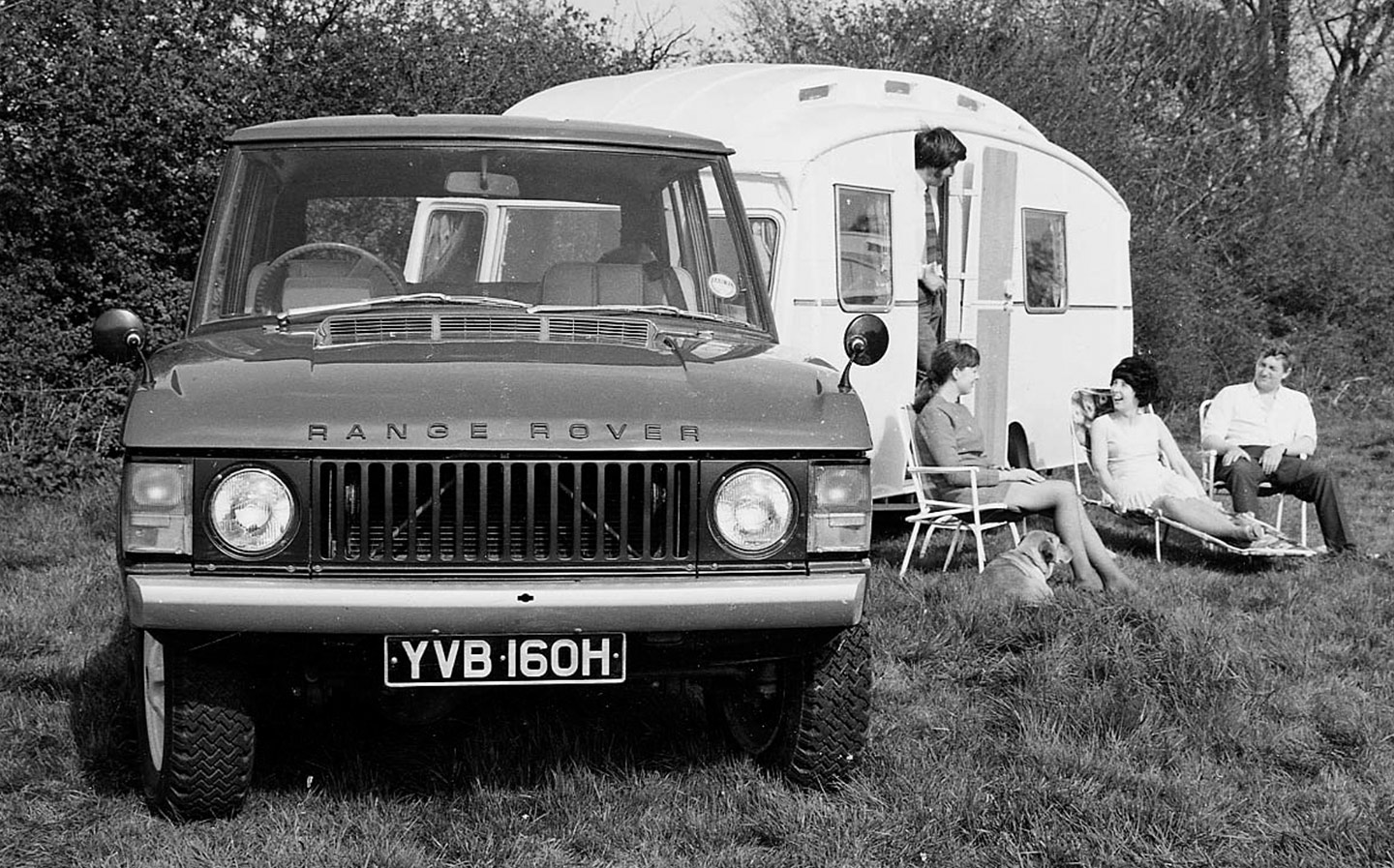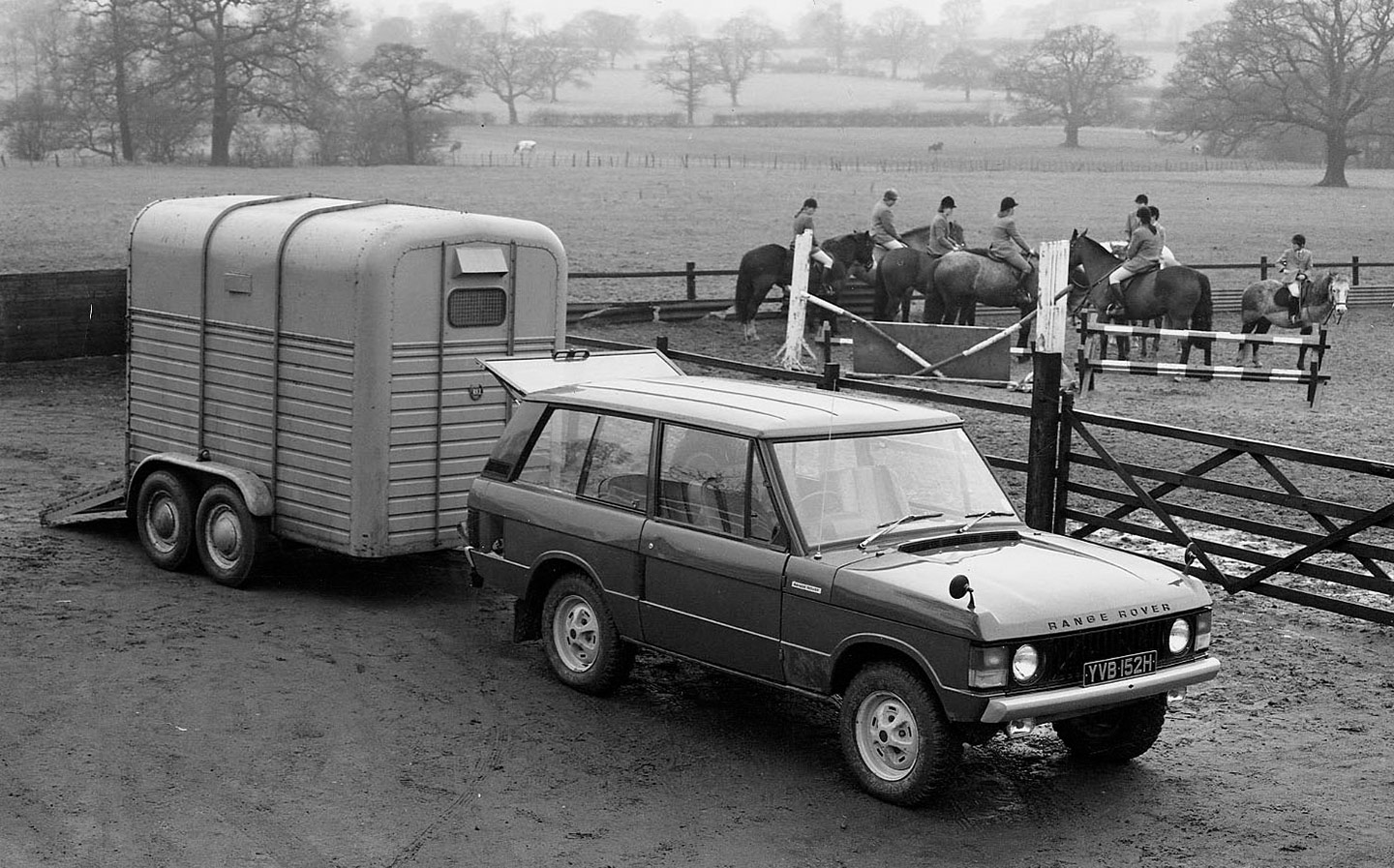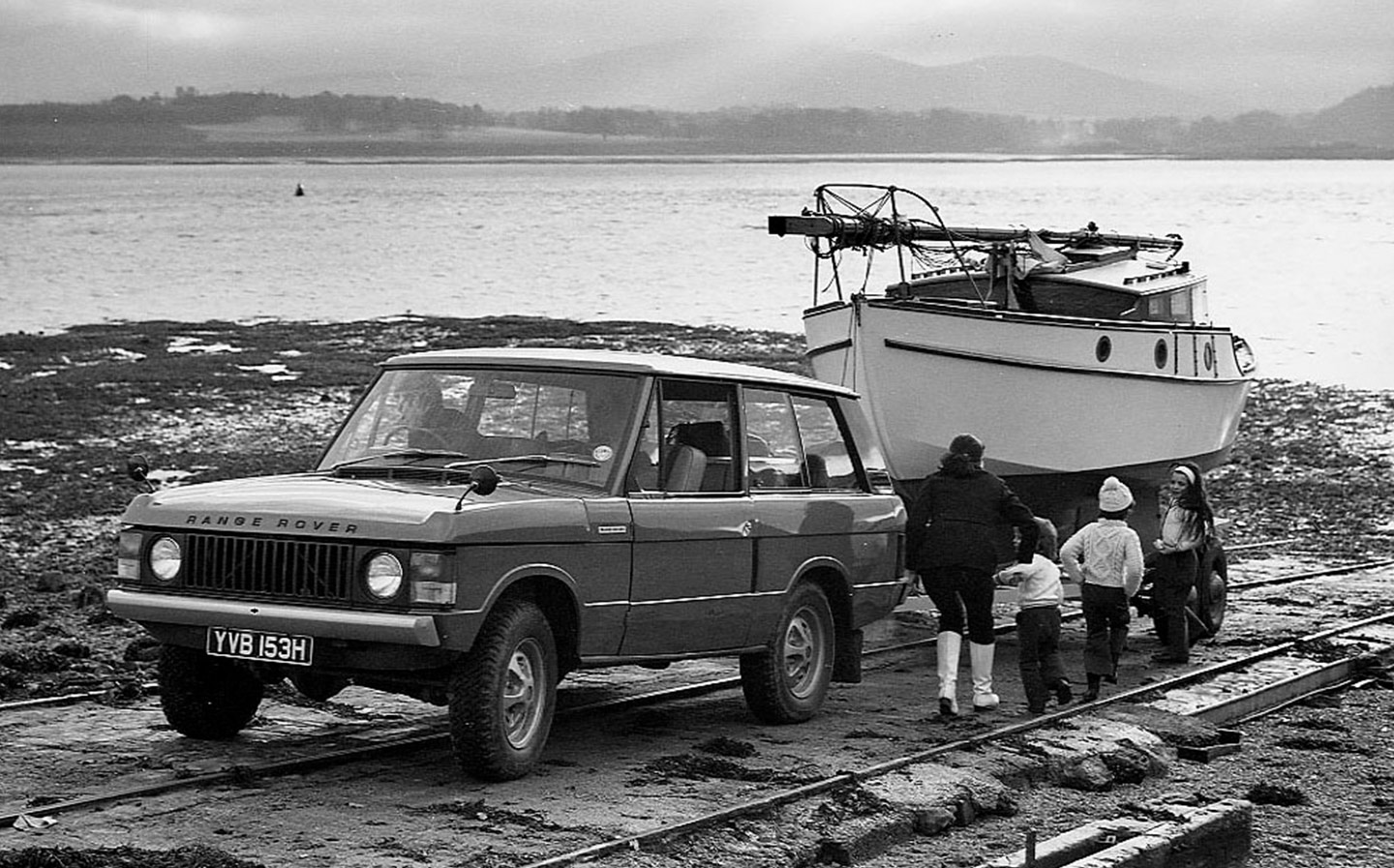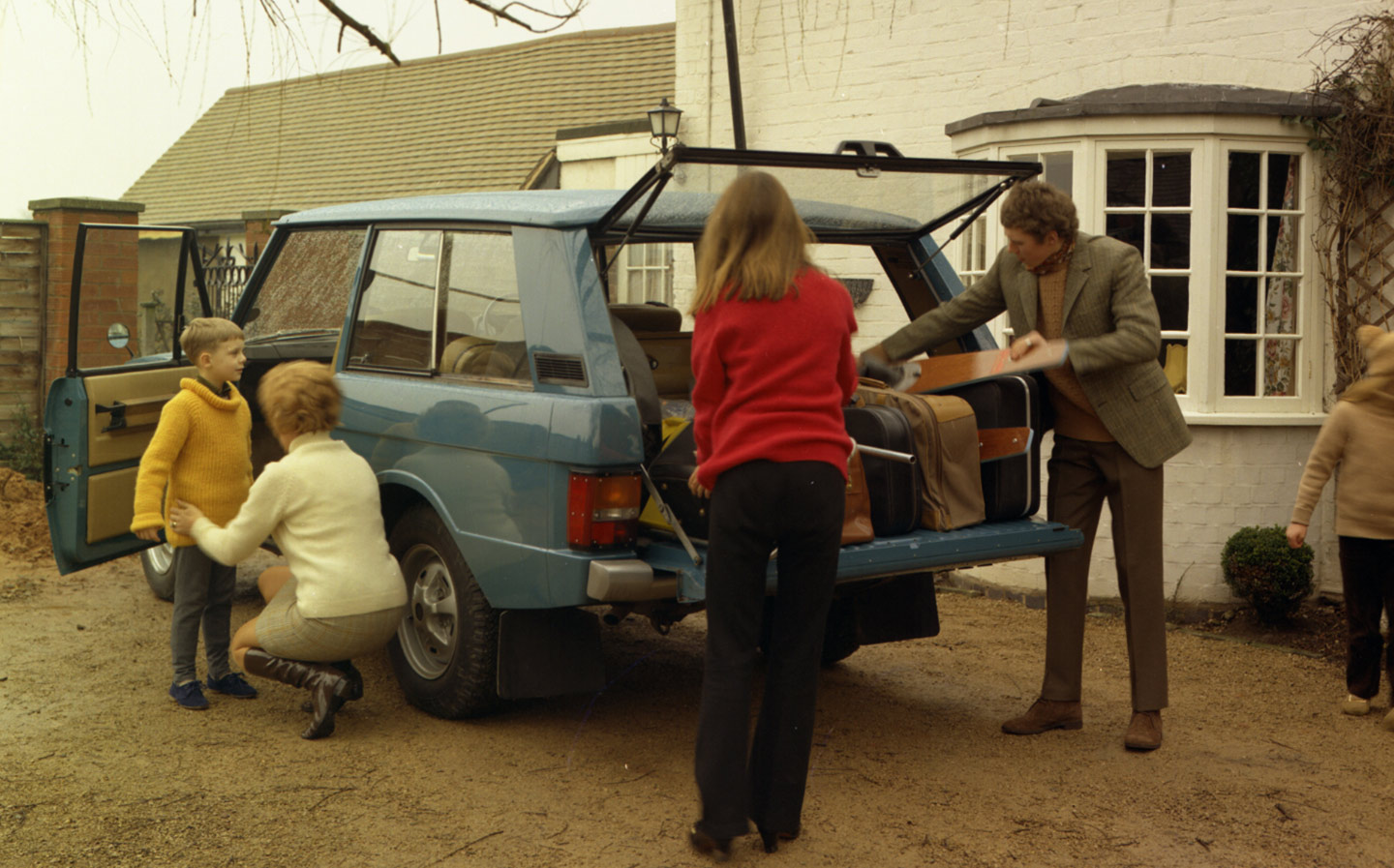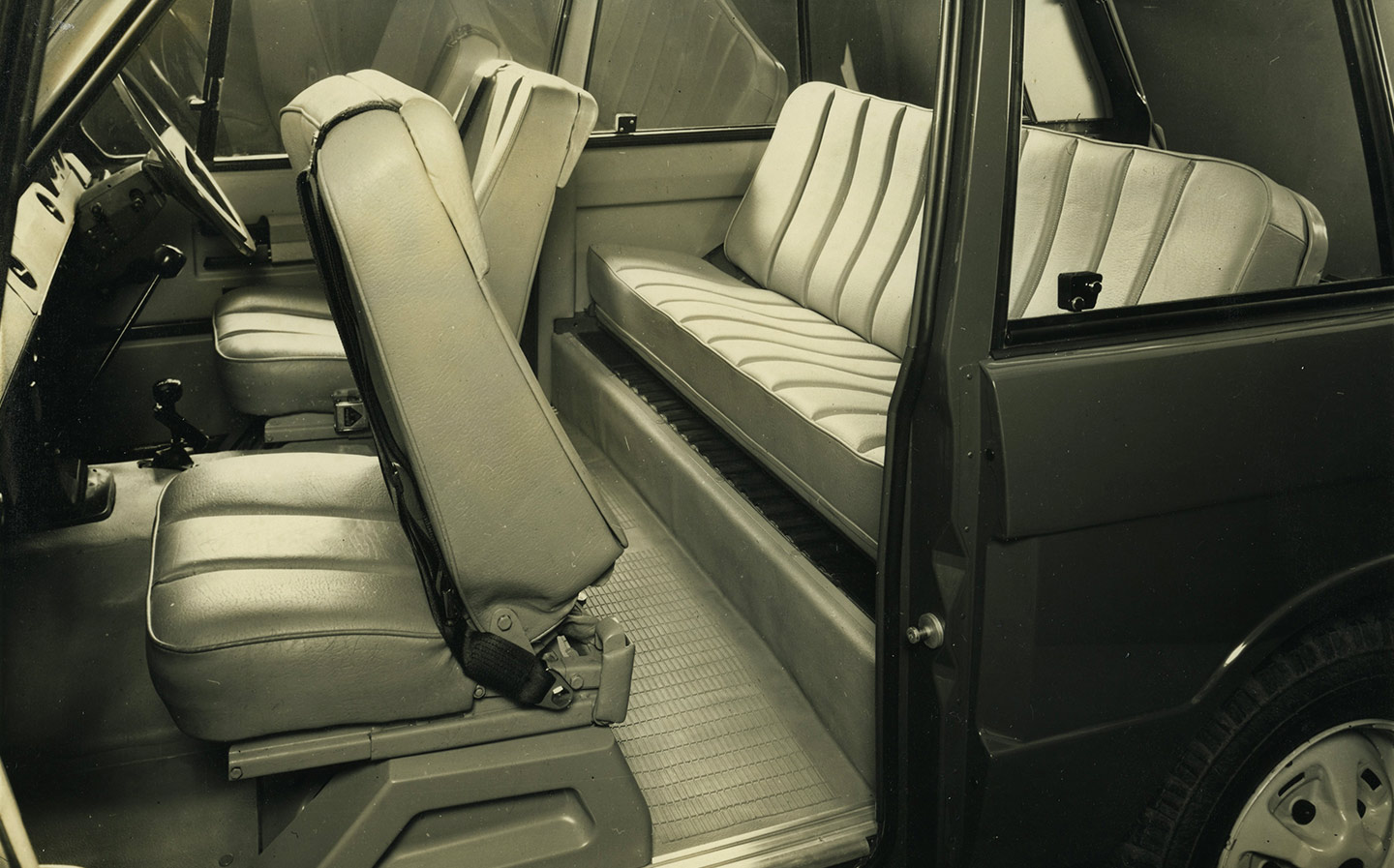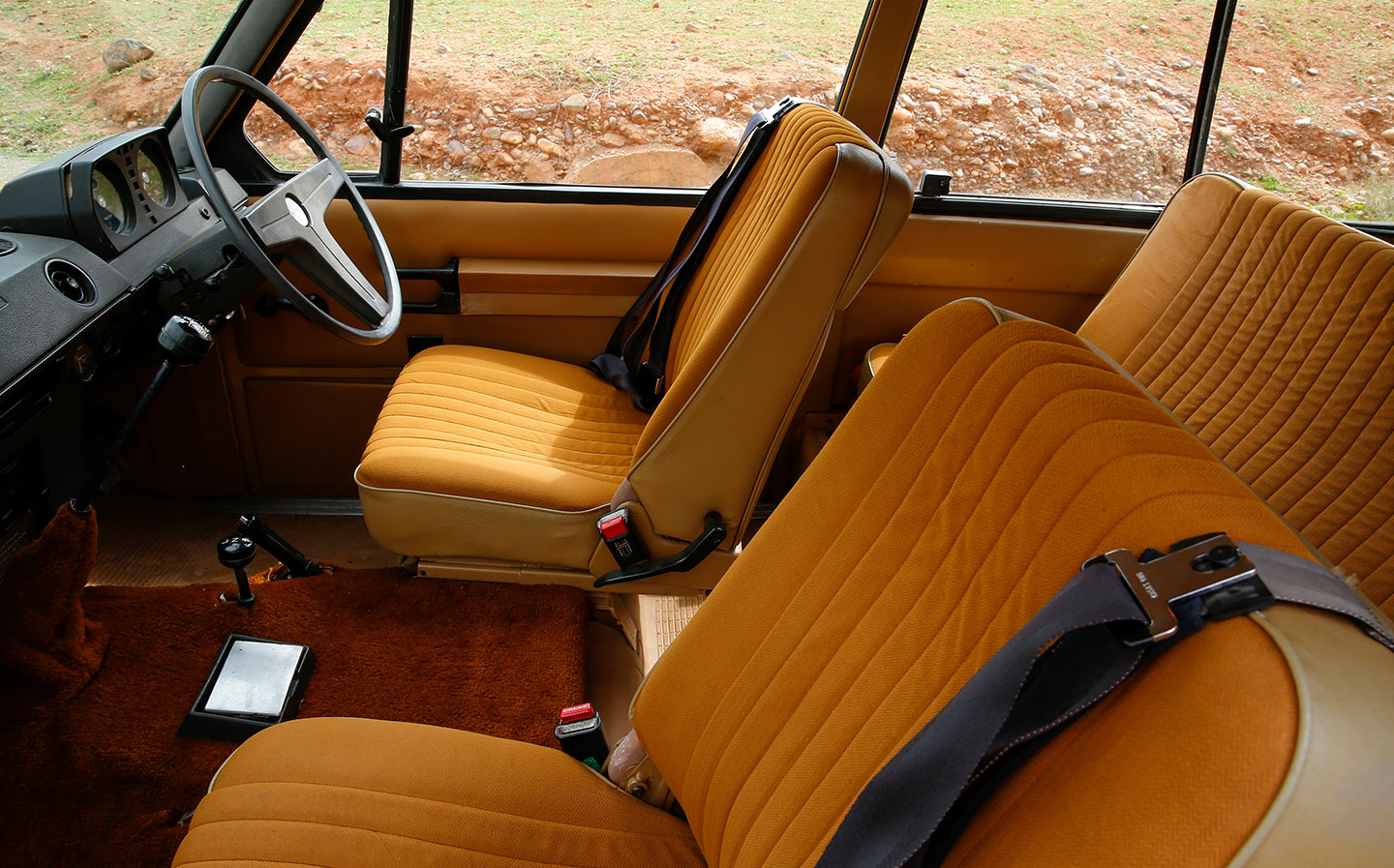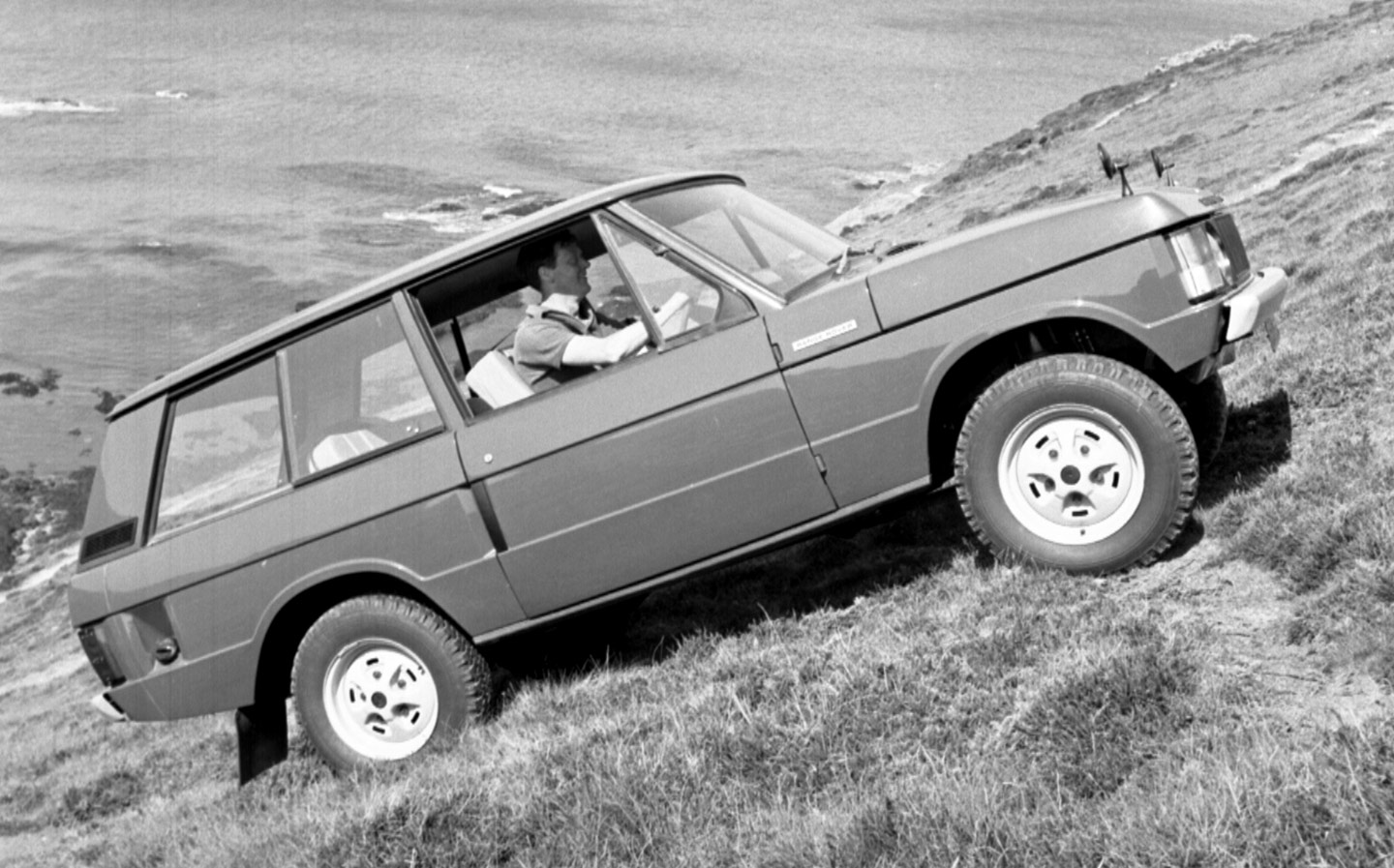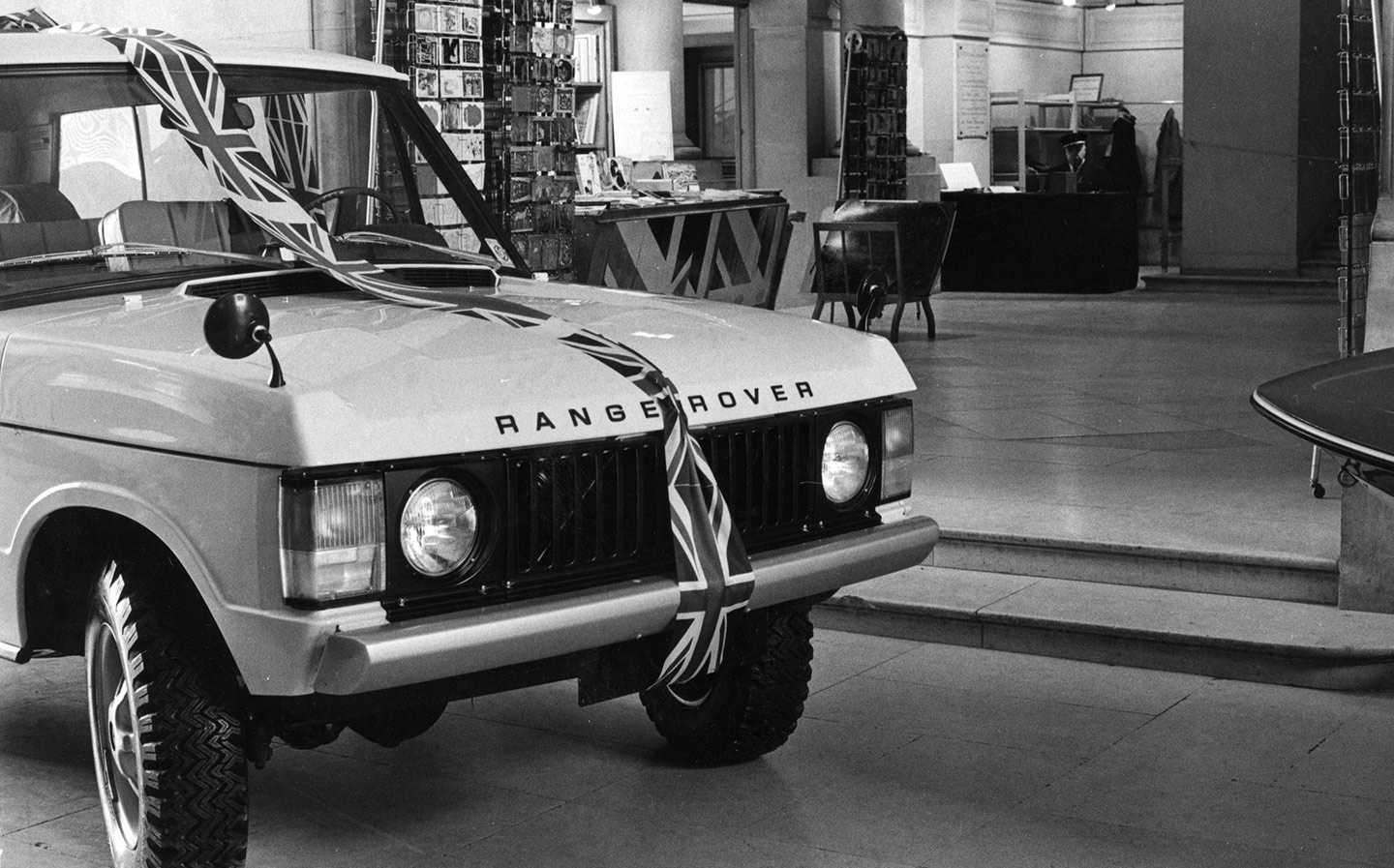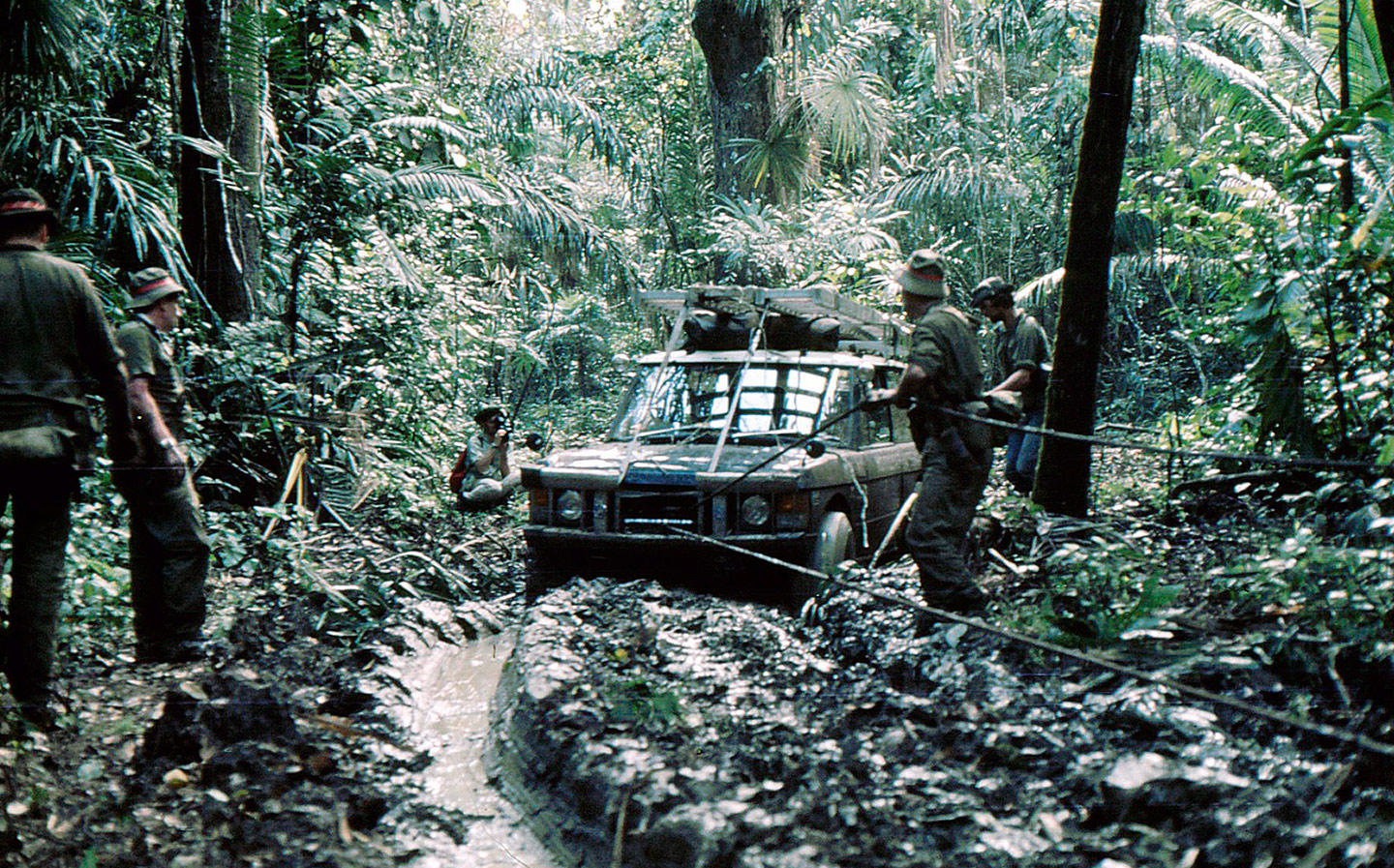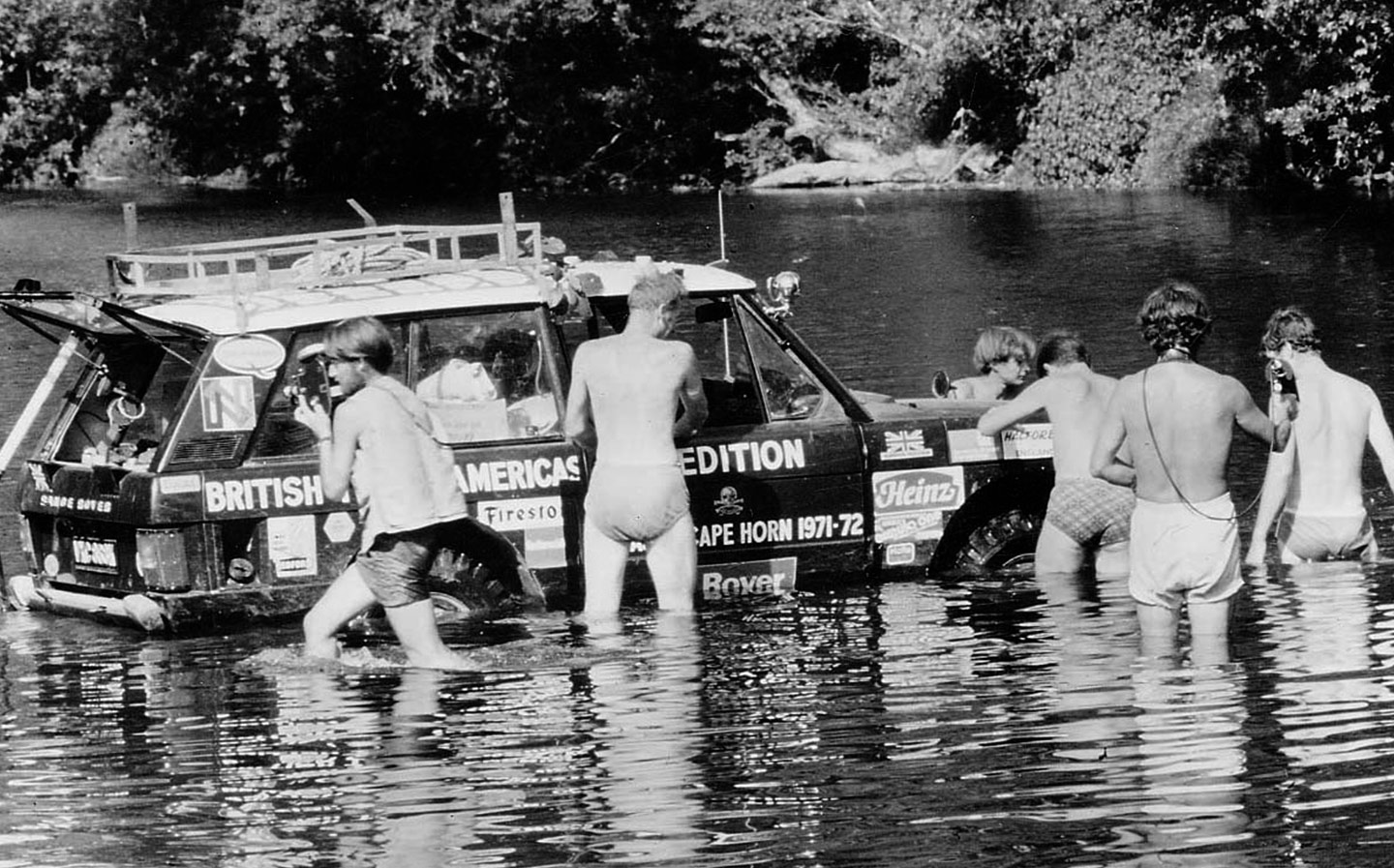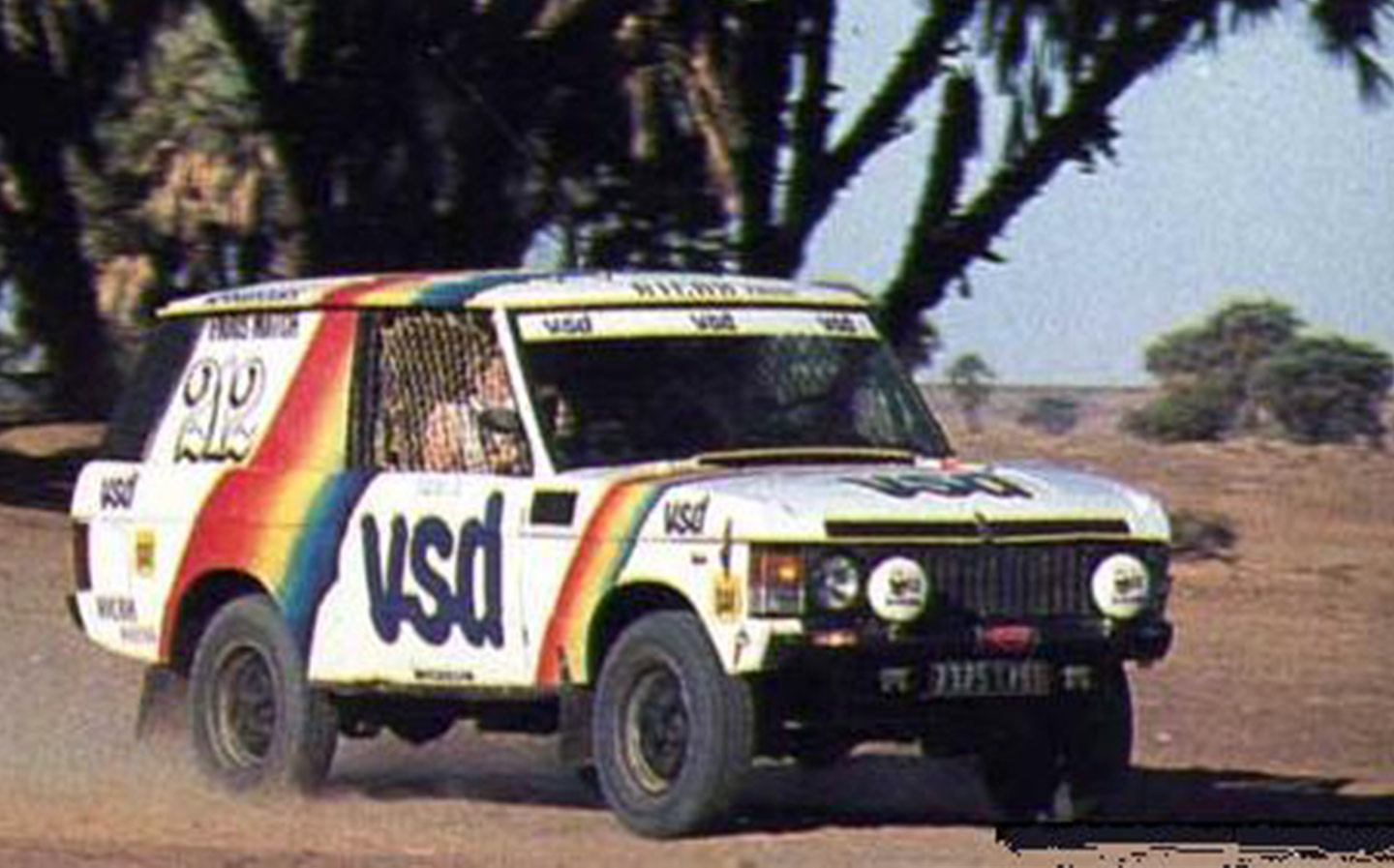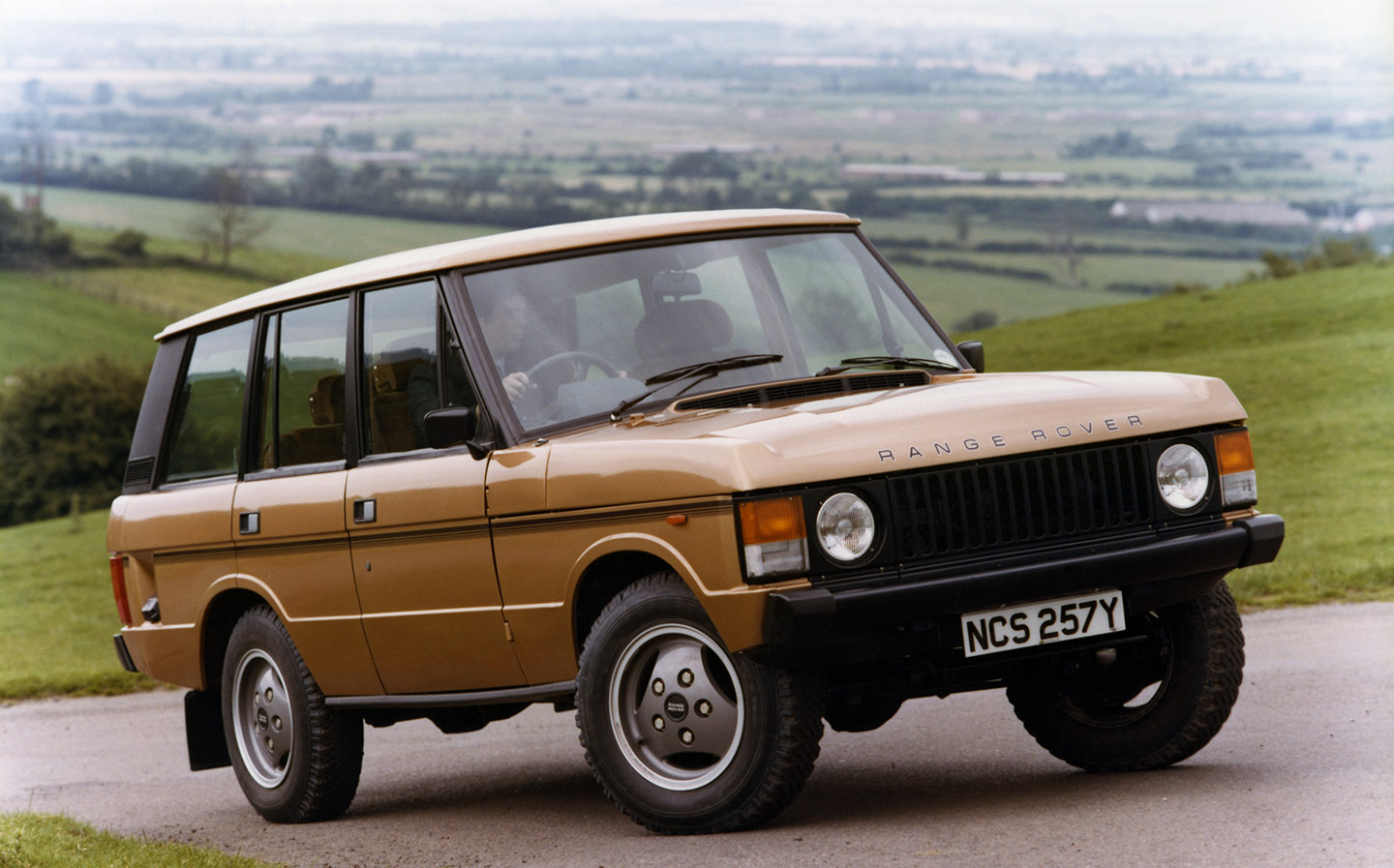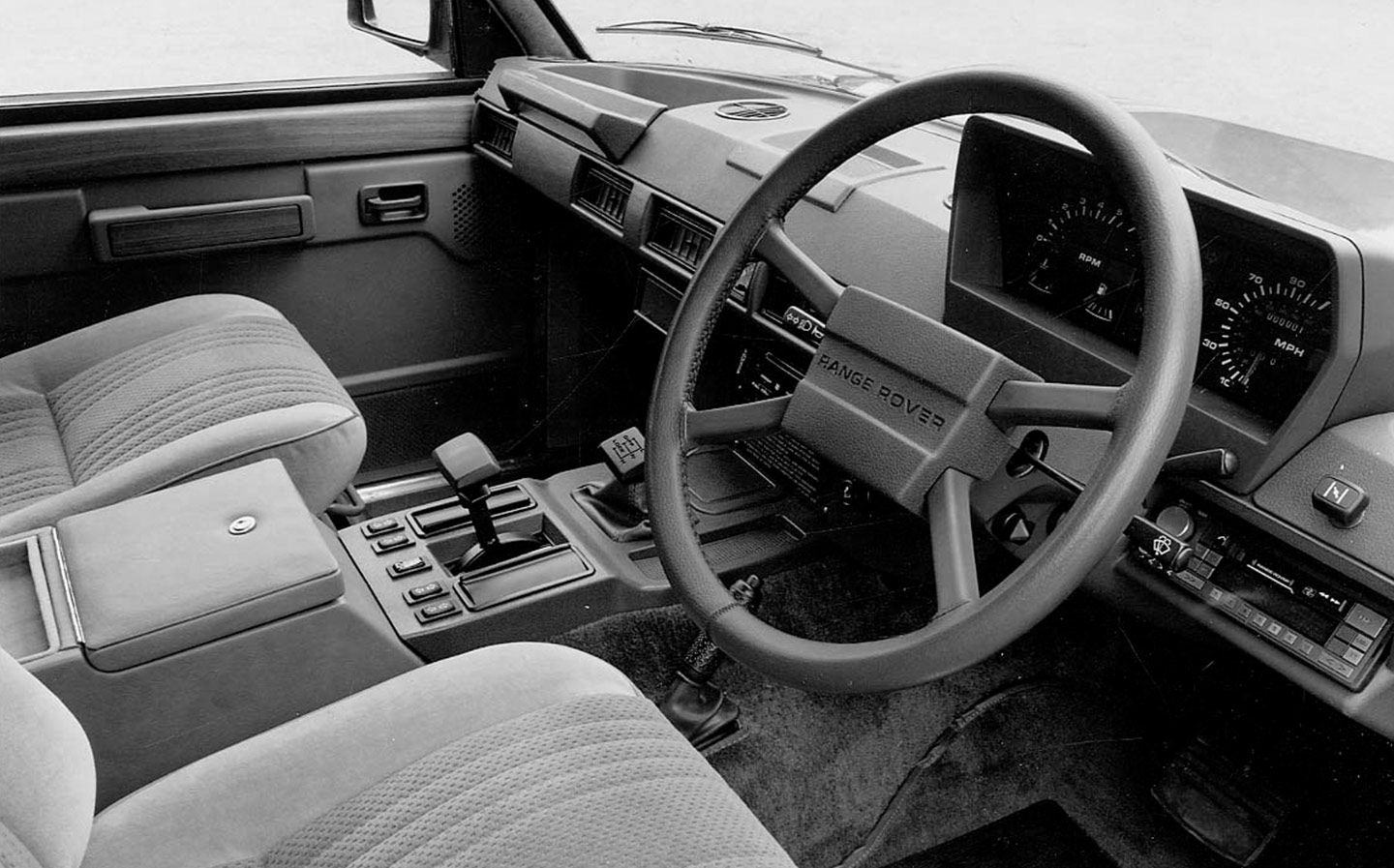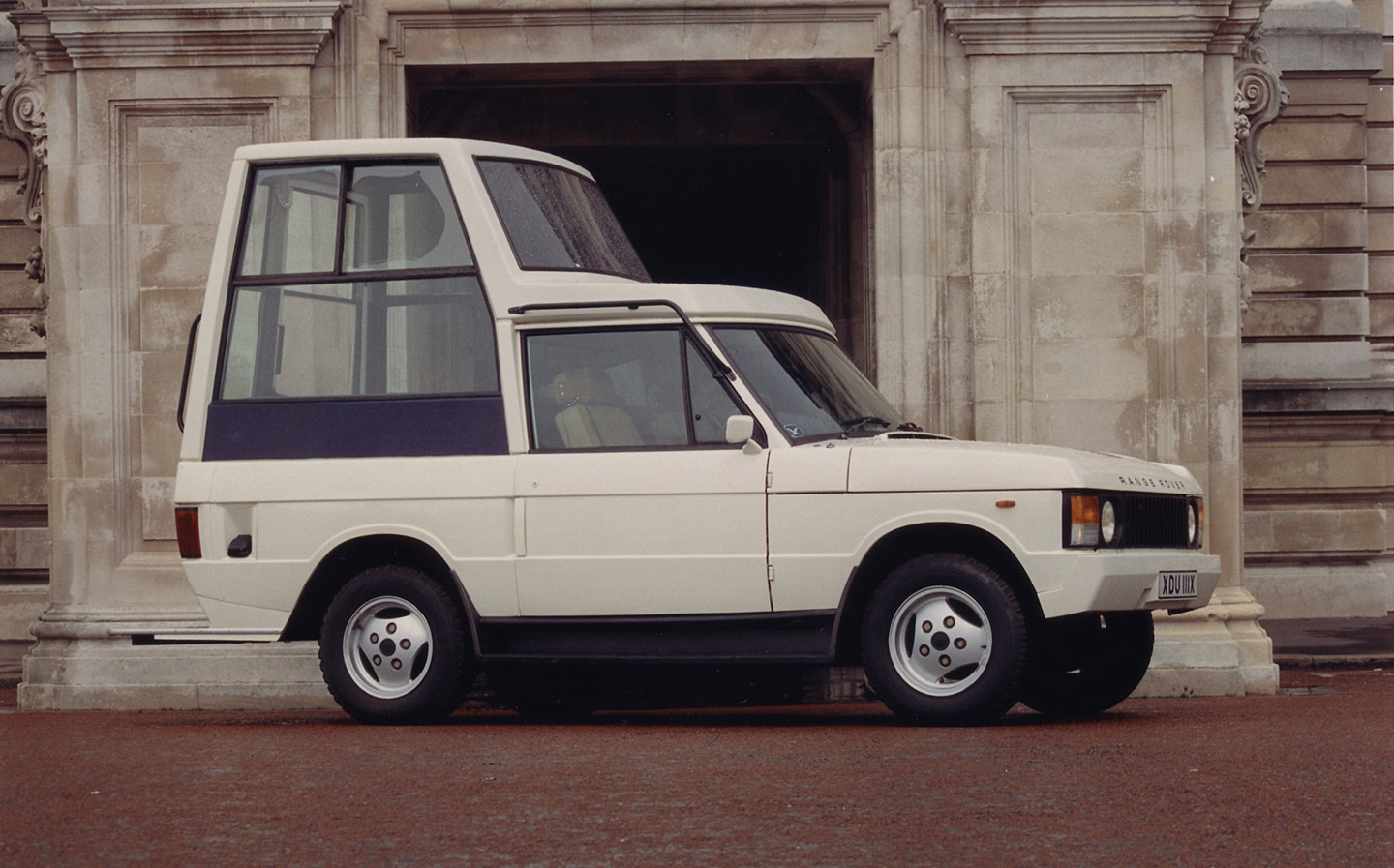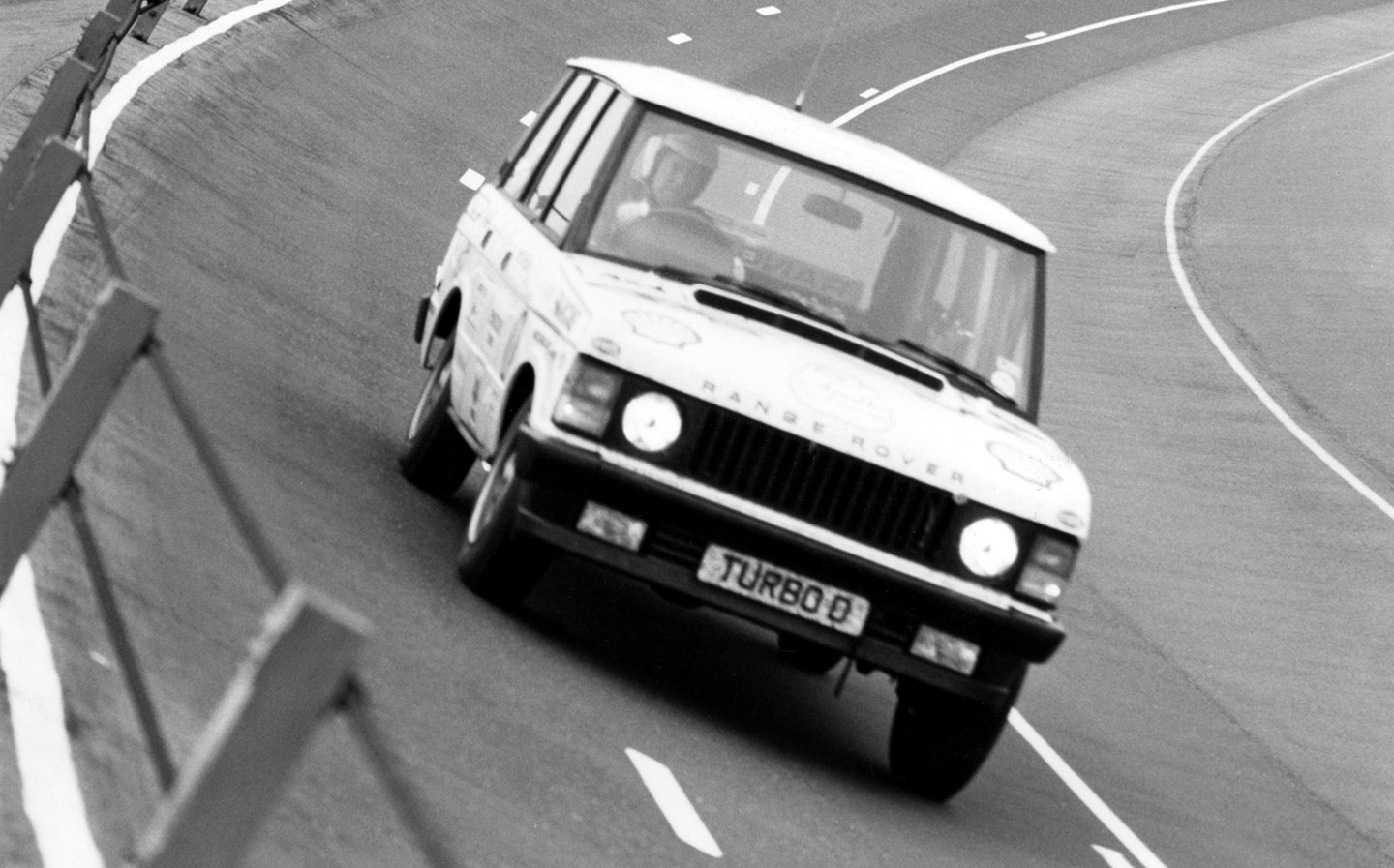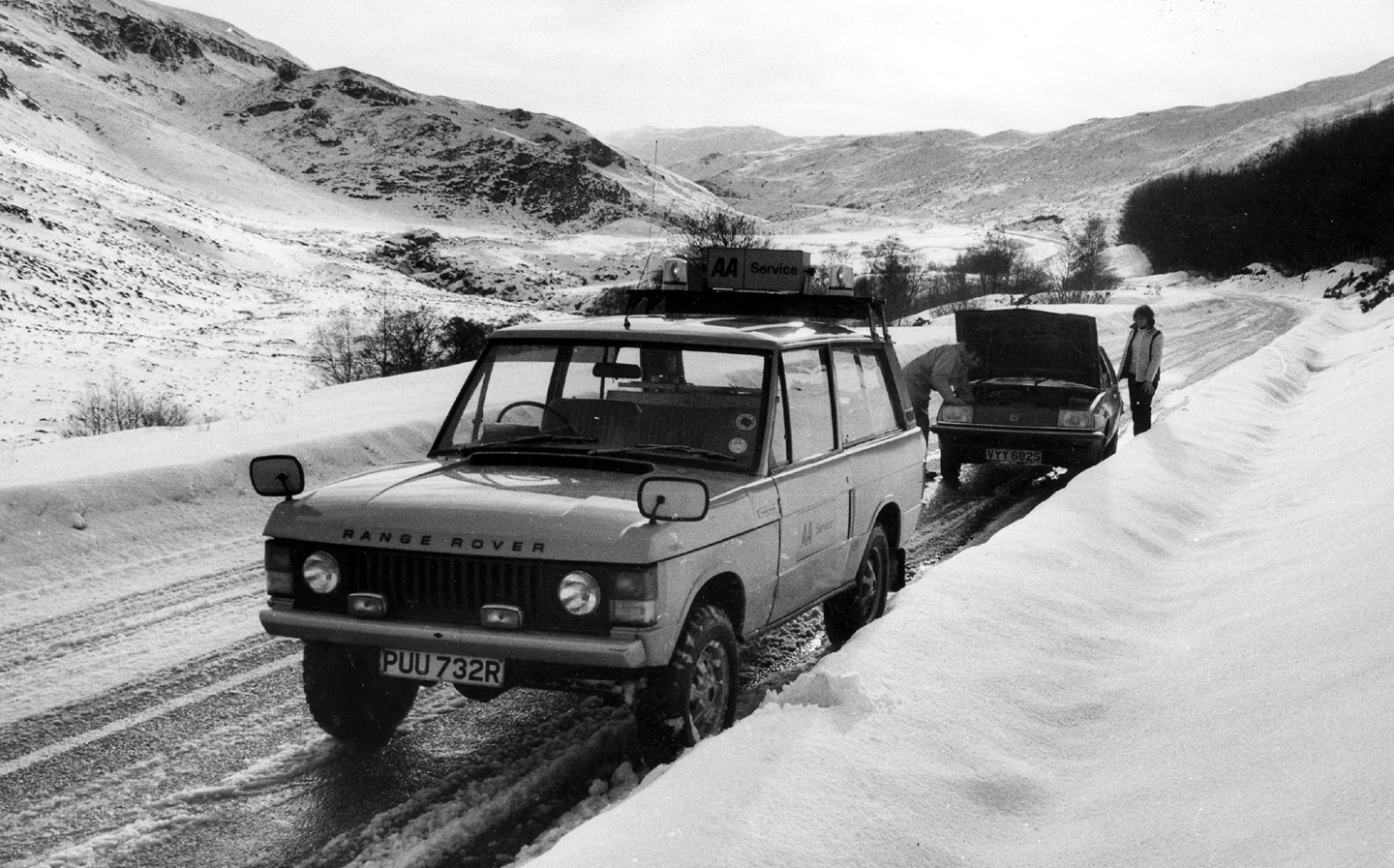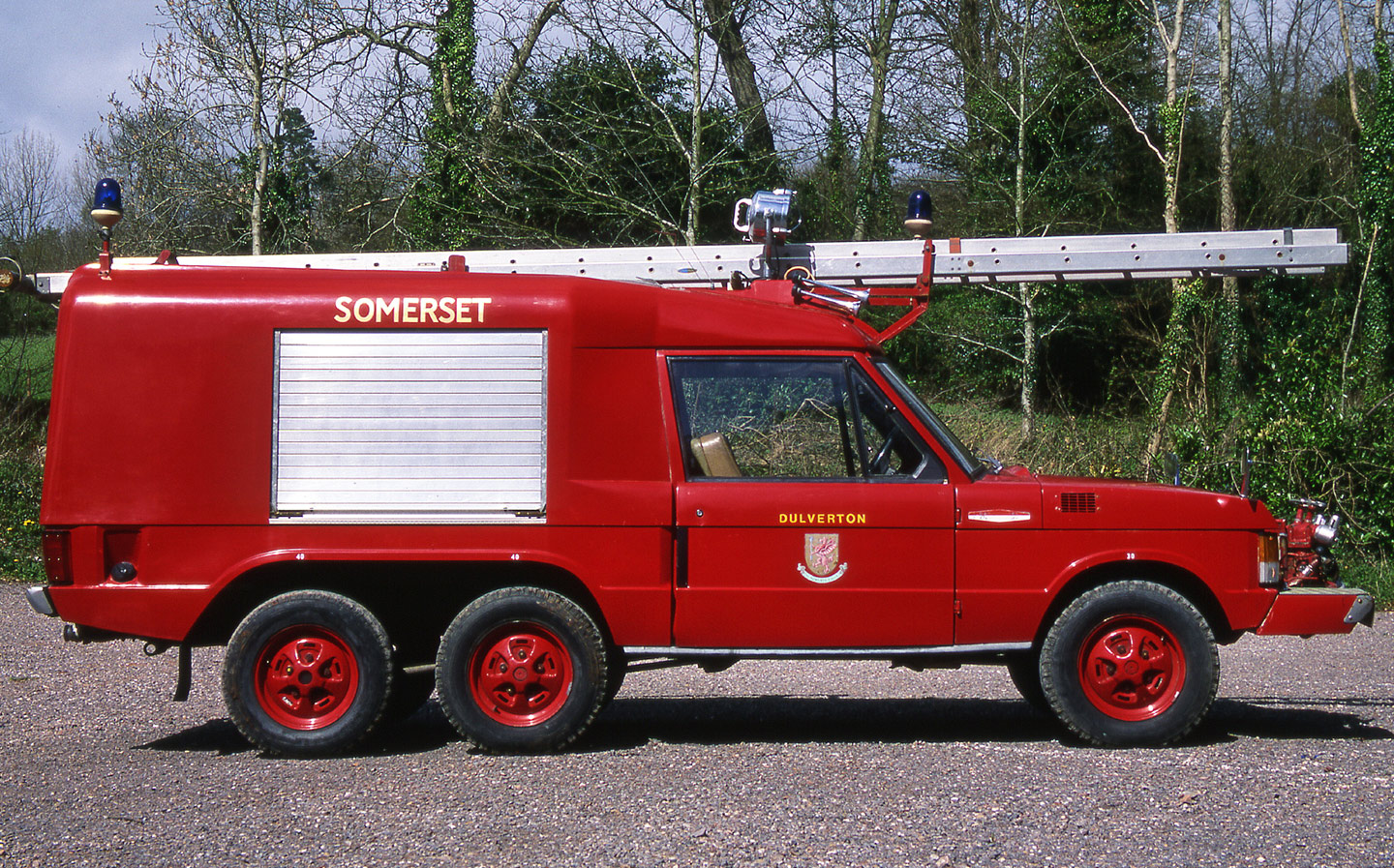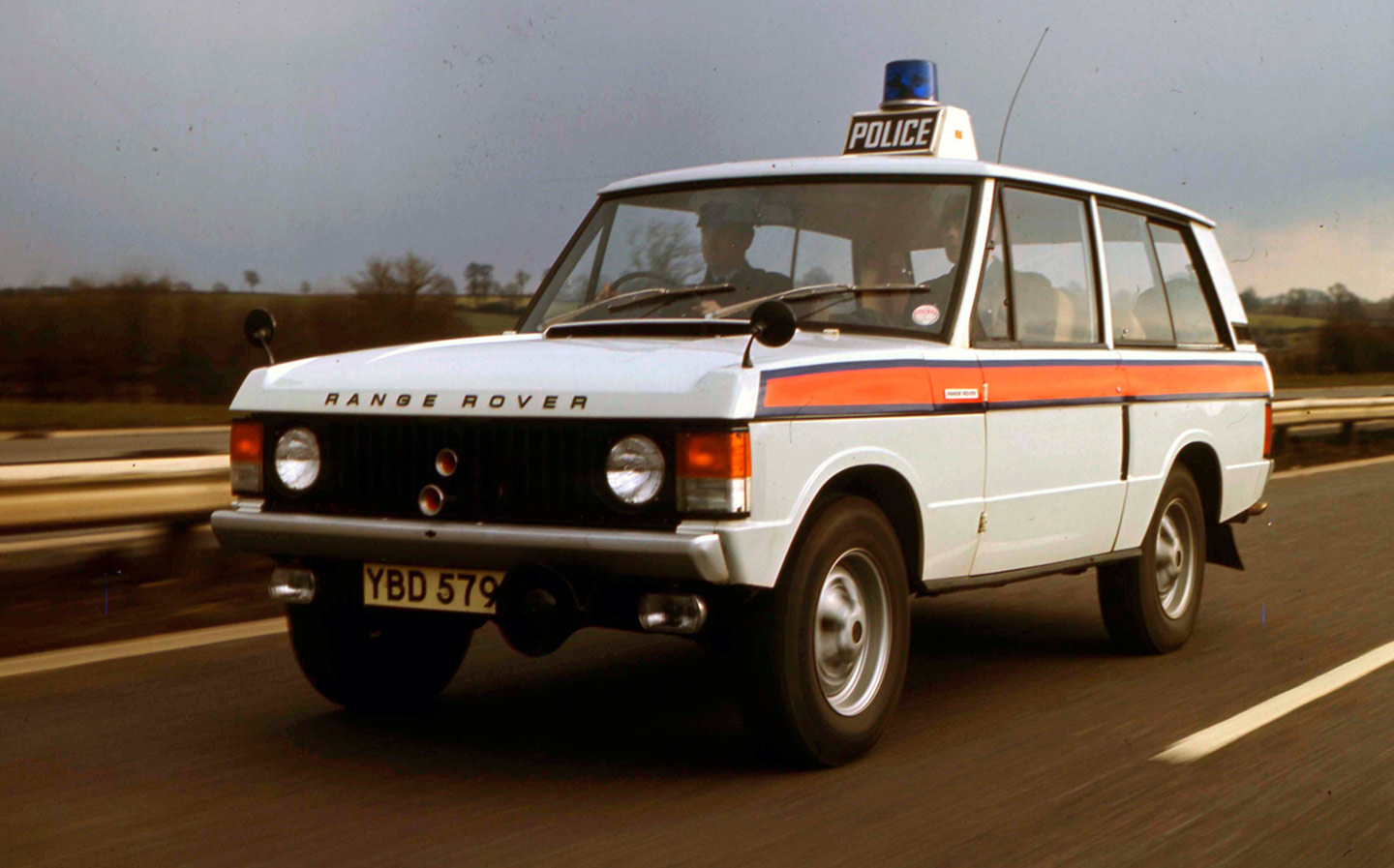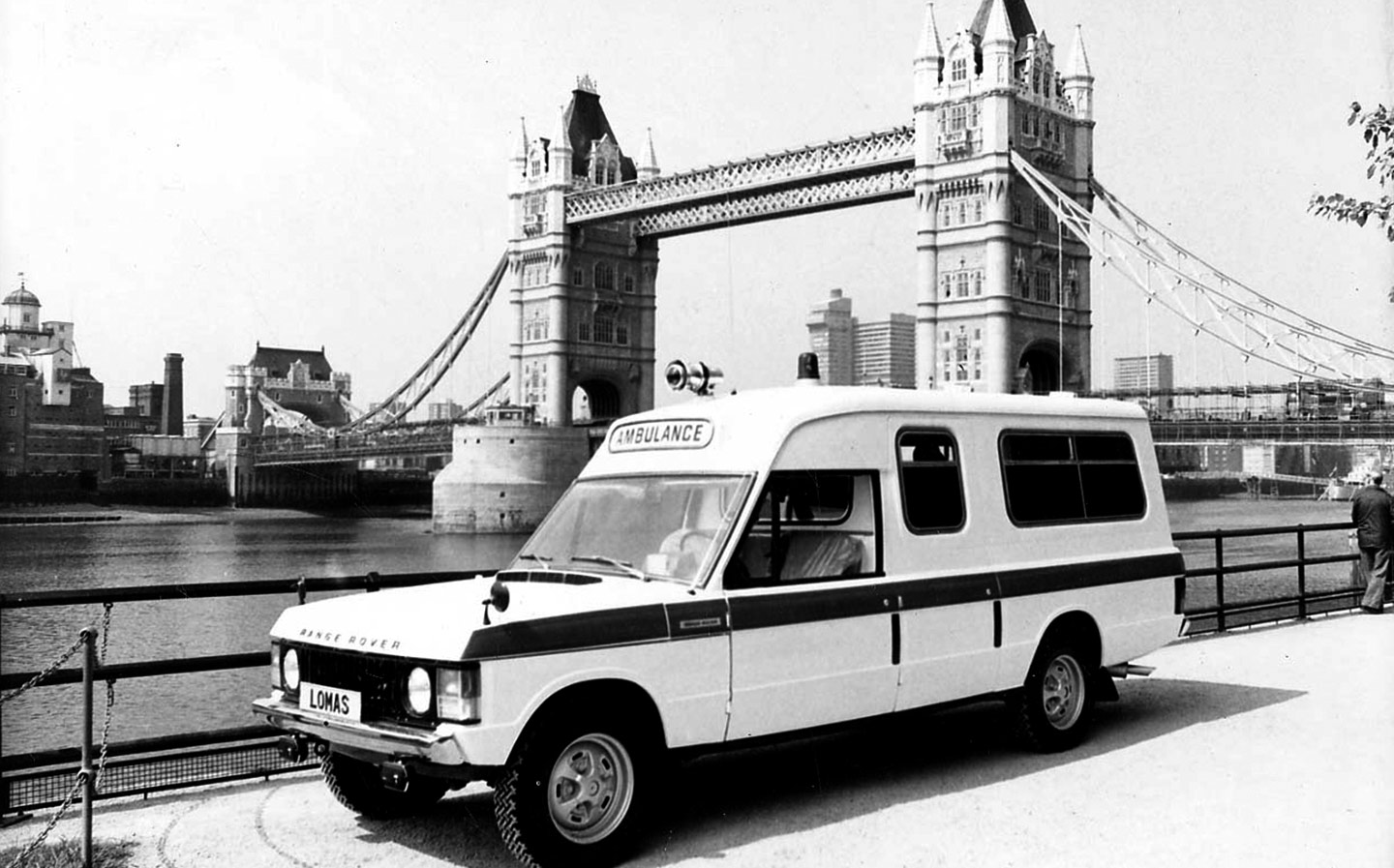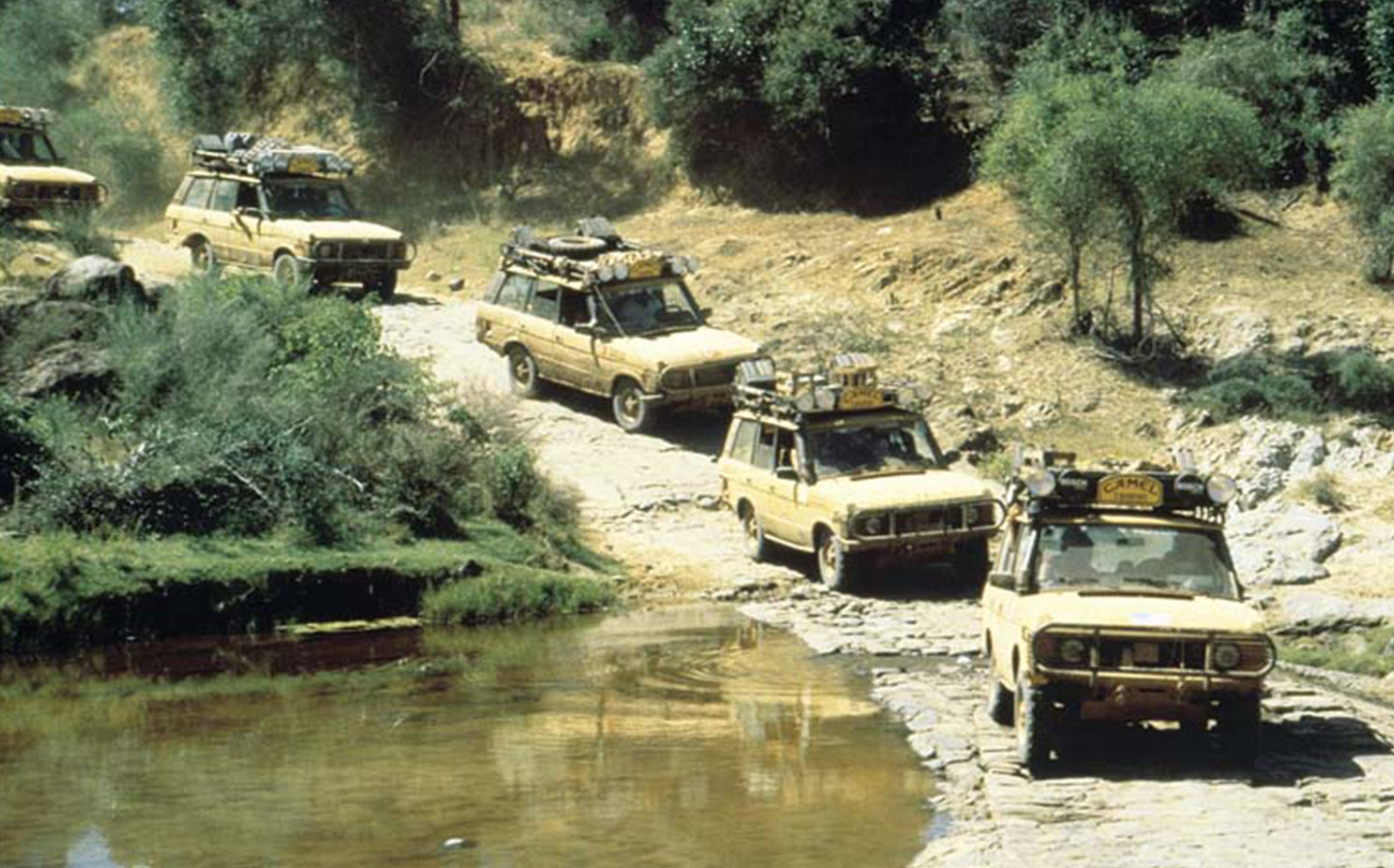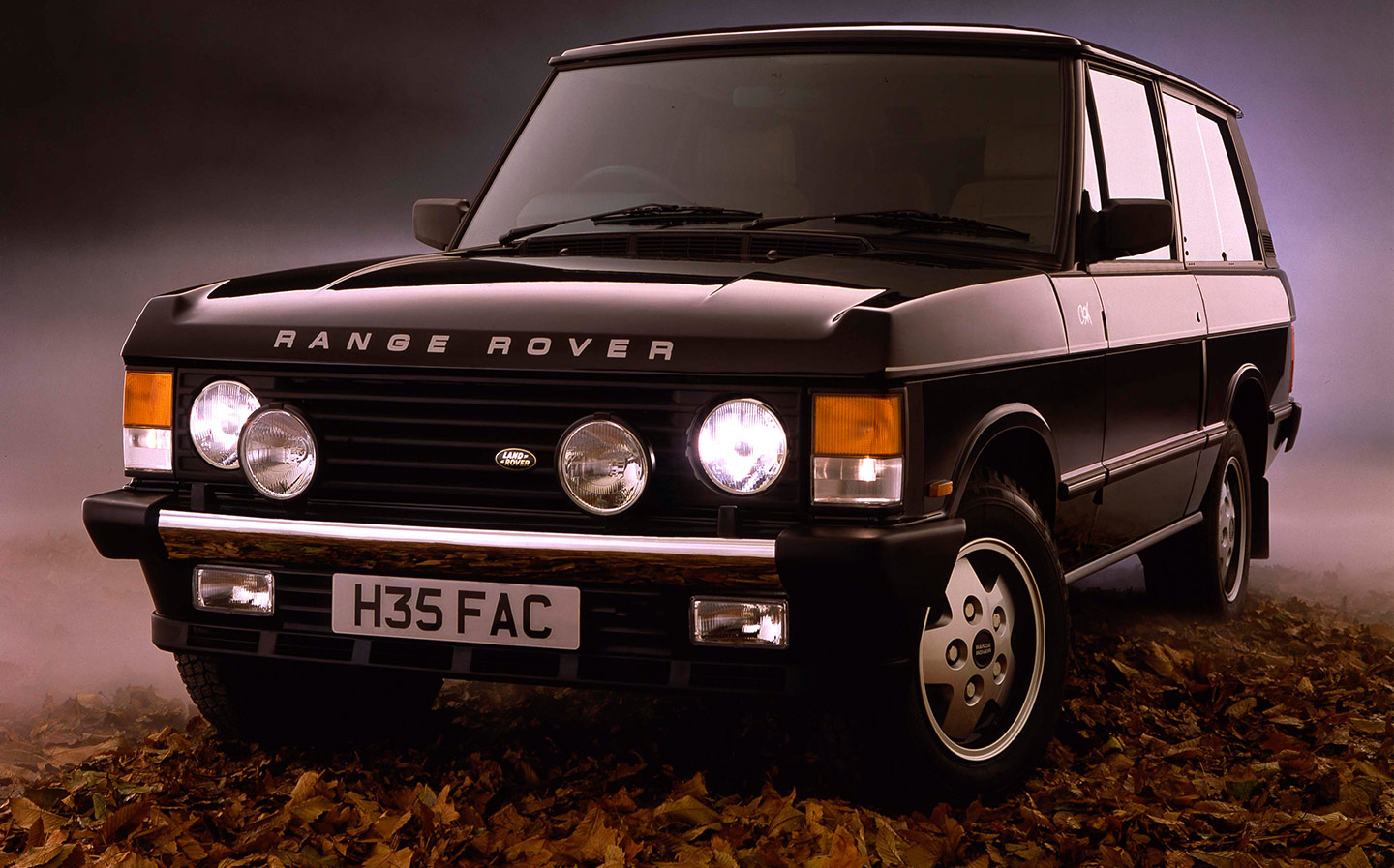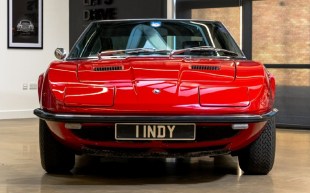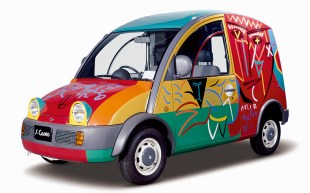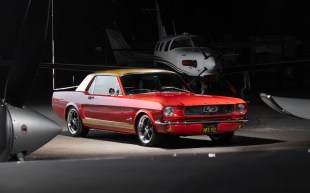Range Rover at 50 gallery: The original luxury 4x4 in pictures
A look back at its early days
TODAY marks the 50th birthday of a British icon and trendsetter: the Range Rover. Originally conceived as a way to go anywhere in style, it was sold as combining “the luxury and comfort of the world famous Rover saloon car range, outstanding acceleration and handling characteristics, together with the ruggedness, durability and cross country versatility of the renowned Land-Rover.”
Powered by a 3.5-litre Rover V8 developing 156bhp, married to a four-speed manual gearbox and transfer box (offering eight forward gears and two reverse ratios), the 1970 Range Rover could “be driven off a road and across a field at speeds between 40-50mph without the occupants feeling any undue change in movement.”
A locking centre differential allowed good traction on mud, snow and ice, and coil spring suspension all round meant decent on-road manners.
It proved a big hit with wealthy farmers and city bankers alike, and changed the motoring landscape.
In its 50th anniversary press release, Land Rover highlighted the model’s technical innovations over the last five decades:
“Over its 50 year lifespan, the Range Rover has achieved many world firsts and completed numerous impressive feats. It was the first SUV to feature a permanent 4WD system when it was launched, and in 1989 was the world’s first 4×4 to be fitted with ABS anti-lock brakes. Later in 1992 it became the world’s first 4×4 to be fitted with electronic traction control (ETC) and automatic electronic air suspension – ensuring the refined driving feel Range Rover is so famous for, both on and off-road. In 2012, the latest generation Range Rover became the world’s first SUV to feature an all-aluminium lightweight construction, making it lighter, stronger and more efficient.”
We’ve dug out some of the shots of the first generation model from the Land Rover archive, including the original publicity images, its appearance at the Louvre (proof of the Range Rover’s status as an icon, if you needed it), and some of the special editions that helped sustain the Mk1 model for an astounding 24 years, before the second generation arrived. See out gallery above.
And below are some of the films produced by Land Rover over the years, including its arduous traversing of the “impassable” Darien Gap. Happy Birthday, Range Rover.
Video: A car for all reasons
This original marketing film shows the versatility of the 1970 Range Rover. It includes driving on rock, sand… and the school run.
Video: Crossing the Darién Gap
In 1972, the Range Rover became the first vehicle to cross the length of the Americas, including the Darién Gap, an 18,000-mile British Army Trans-America expedition. It included a gruelling 99 days to cover just 250 miles of dense jungle.
Video: 40th anniversary reflections
Ten years ago, Land Rover produced this film with Roger Crathorne, who at that point was part of the communications team but in 1970 was an engineer working on the original Range Rover. Here he recalls producing film and photos in Wales that showed off the car’s durability, and compares the classic trailblazer with the 2010 model.
Video: Range Rover in a nutshell
This more recent marketing film, from 2015, is a decent summary of the Range Rover over its first 45 years. It’s designed to sell the fourth generation car but features some interesting facts and lovely historical footage.
Tweet to @ST_Driving Follow @ST_Driving
Twin test: New Bentley Bentayga SUV v Range Rover SVAutobiography
2017 Range Rover gets new tech and sporty SVAutobiography Dynamic version


